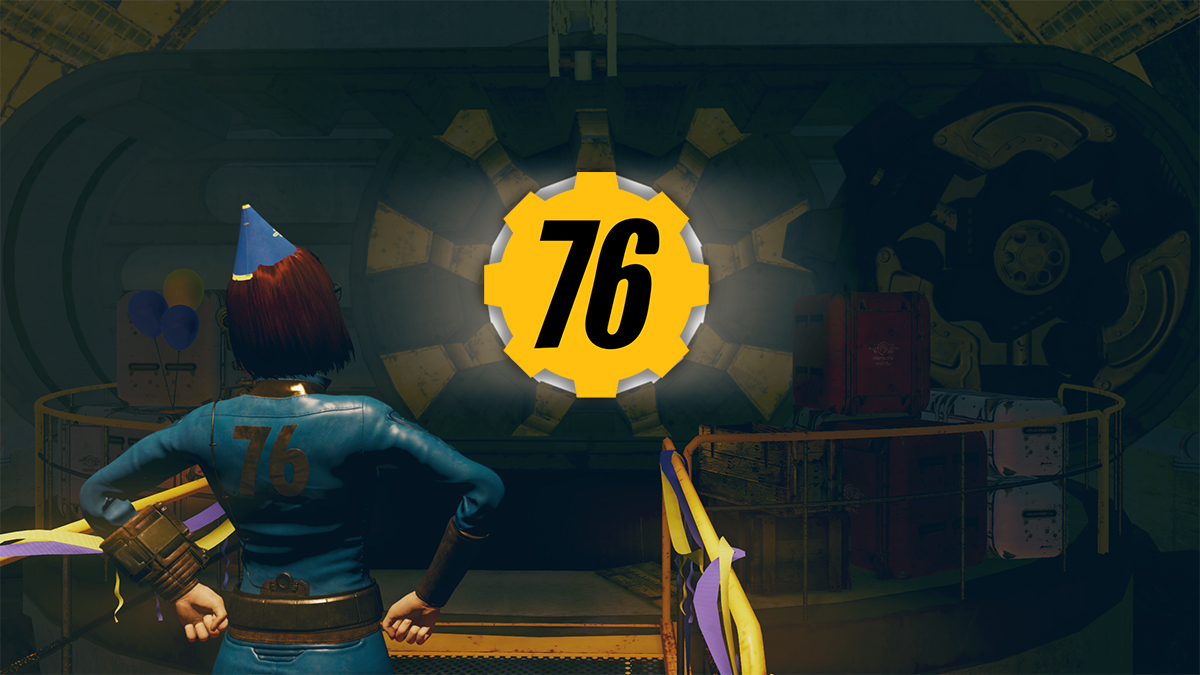Despite ostensibly launching its new RDNA 4 graphics cards and FSR 4 AI-based upscaler at CES 2025, there was much more information released to journalists in pre-briefings than in AMD's 45-minute CES 2025 keynote. Thankfully, Digital Foundry's Alex and Oliver got to see both in an AMD suite on the show floor, with a machine learning upscaling "research project" on an RX 9070-series GPU that is almost certainly FSR 4. The game of choice was Ratchet and Clank: Rift Apart, one of our go-to titles for comparing upscaling technologies thanks to its support for nearly all of them. That gave us a great opportunity to see how FSR 4 is shaping up ahead of its launch with the new GPUs later this quarter - and we've got to say, we're impressed.
The advantage here is that FSR is moving from being an hand-tuned analytic upscaler to one that takes advantage of ML or machine learning (one of the many technologies under the 'AI' umbrella). We saw a similar evolution from Nvidia between the original DLSS upscaler and DLSS 2, and that brought about a huge improvement to image quality - so is it the same for FSR 4?
In a word, yes. In side-by-side comparisons between two PCs running Rift Apart in 4K performance mode, one with FSR 3.1 and one with FSR 4, the new ML-based technique looks to solve many of the previous versions' biggest issues.
Most notably, image quality seemed noticeably improved on the "research project" PC across a variety of scenes. The fine texture of the red carpet in the game's opening level is a hard one to reproduce, for example, with FSR 3.1 compressing a fair amount of detail and producing a moiré pattern, but FSR 4 managing to better preserve the individual fibres.
Similarly, the use of SSAO produces some artefacting on FSR 3.1, with occlusion appearing and disappearing from frame to frame, whereas this appeared to have been fixed on FSR 4. The image also looked fairly sharp, without the soft look that characterises some upscalers running in a similarly challenging 1080p to 4K mode.
The fast-moving confetti particles that accompany Ratchet and Clank's first-level parade is another traditional trouble spot, but again FSR 4 exhibited little of the ghosting or trails we've seen in various versions of FSR. An even more obvious improvement comes with the movement of the bystanders in the stadium seating, with their claps and cheers causing disocclusion fizzle in FSR 3.1 - that looks to be fixed in FSR 4.
Of course, we recently discussed the Amethyst partnership between AMD and Sony, which describes a joint effort by the companies to develop new AI-based technologies, so could it be possible for this upscaler to be a derivative of what Sony produced for the PlayStation 5 Pro?
In short, it doesn't seem likely - we didn't see any of the fundamental stability issues (eg fizzle in fine detail) evident across all implementations of PSSR, and Ratchet and Clank on PS5 Pro looks noticeably different to the game on the "research project" PC.
While what we saw at CES was impressive, it's important to underscore that this is not the finished article. We haven't been able to grab direct capture, we had no access to settings, and it's clear that this is an in-development version of FSR 4 being run on unreleased hardware with pre-launch drivers. Regardless though, what we did see was impressive, and we look forward to taking a closer look at the new tech when AMD is ready to show it off properly.

 4 days ago
3
4 days ago
3









 English (US) ·
English (US) ·